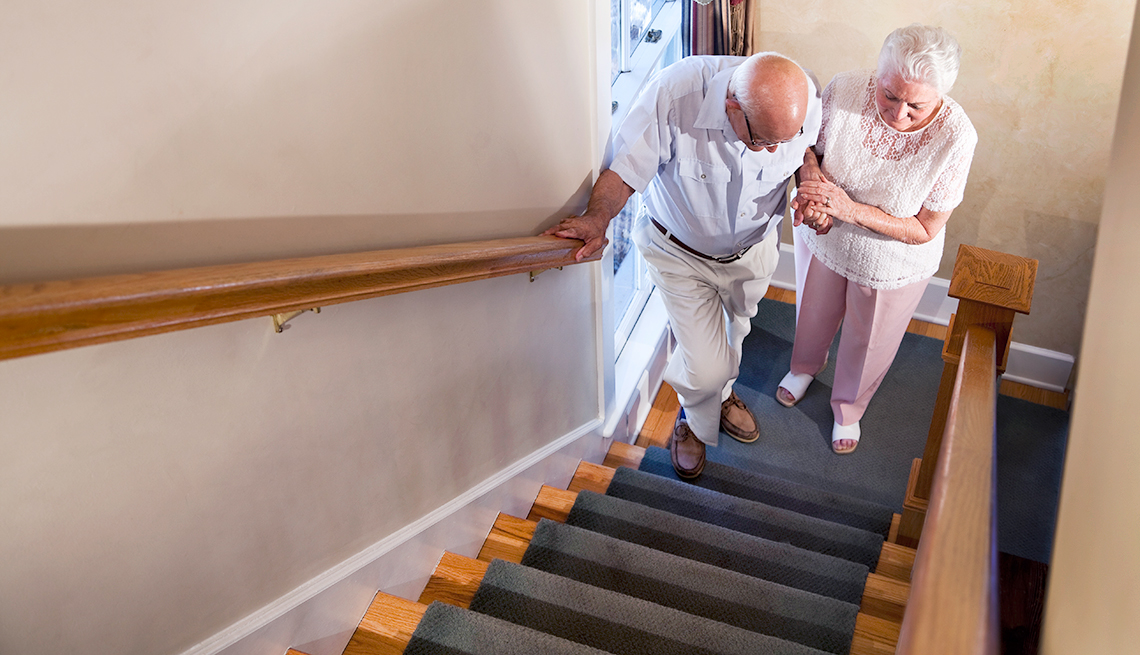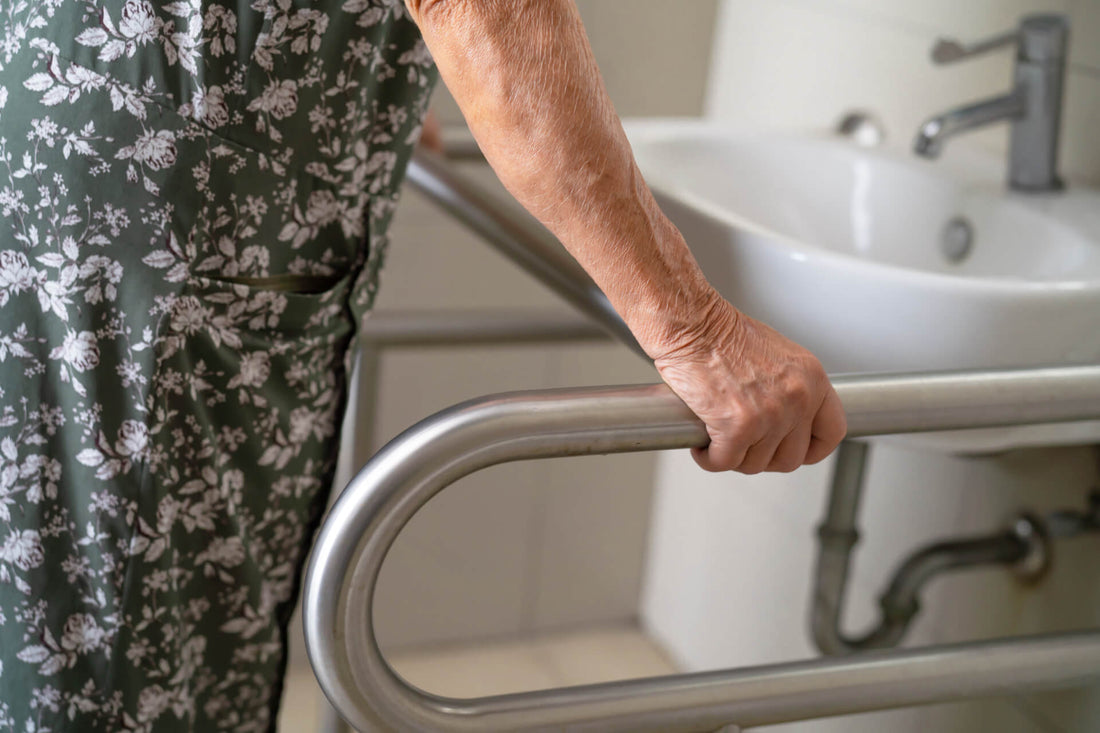As we age, maintaining safety and independence becomes increasingly important. Handrails for elderly safety play a crucial role in helping seniors move around their homes with confidence. These simple yet effective tools provide the necessary support to prevent falls and accidents, which are common concerns among older adults. In this article, we will explore the significance of handrails, their benefits, and how they contribute to a safer environment for the elderly. We’ll also discuss various types of handrails available, installation tips, and how they can be integrated into different areas of the home.

Why Handrails are Essential for Elderly Safety
Handrails offer stability and support, reducing the risk of falls and injuries. As people age, they may experience a decline in balance and strength, making it difficult to navigate stairs, hallways, and other areas of the home. Handrails provide a reliable point of contact, helping seniors maintain their balance and move more freely.
Reducing Fall Risks
Falls are one of the leading causes of injury among the elderly. By providing extra support, handrails significantly reduce the likelihood of falls, ensuring that seniors can move around safely.
Promoting Independence
With the aid of handrails, seniors can maintain their independence, performing daily activities without the constant fear of falling. This boosts their confidence and improves their overall quality of life.
Types of Handrails for Elderly Safety
There are several types of handrails available, each designed to meet specific needs and preferences. Understanding these options will help you choose the right handrails for your home.
Wall-Mounted Handrails
These handrails are attached directly to the wall and are ideal for staircases and long hallways. They provide continuous support, making them a popular choice for many households.
Floor-Mounted Handrails
Floor-mounted handrails are installed directly into the floor, providing sturdy support where wall space is limited or unavailable. They are often used in bathrooms and near beds.
Freestanding Handrails
Freestanding handrails are portable and can be moved as needed. They are perfect for temporary use or in areas where permanent installation is not possible.
Installing Handrails for Maximum Safety
Proper installation is key to ensuring that handrails provide the intended support. Here are some tips to consider when installing handrails for elderly safety.
Height and Placement
Ensure that handrails are installed at a comfortable height, typically between 34 and 38 inches from the floor. They should be placed in areas where seniors are most likely to need support, such as staircases and bathrooms.
Secure Installation
Handrails should be securely fastened to the wall or floor to prevent any wobbling or movement. It is often best to hire a professional to ensure proper installation.
Integrating Handrails into Home Design
Handrails do not have to compromise the aesthetic of your home. With various styles and materials available, they can be seamlessly integrated into your existing dcor.
Material Choices
Handrails come in a variety of materials, including wood, metal, and plastic. Choose a material that complements your homes design while providing the necessary support.
Design Considerations
Consider the design of the handrails, such as their color and finish, to ensure they match your homes style. Custom designs are also available for a more personalized look.
Additional Safety Measures
While handrails are an essential part of ensuring elderly safety, there are other measures that can be taken to create a safer home environment. For more information, check out this article on Alexa safety.
Lighting and Visibility
Ensure that all areas of the home are well-lit to prevent trips and falls. Nightlights and motion-sensor lights are excellent additions to improve visibility.
Non-Slip Surfaces
Use non-slip mats and flooring to reduce the risk of slipping, especially in areas prone to moisture, such as bathrooms and kitchens.
Conclusion
Handrails for elderly safety are a vital component in creating a secure and accessible home for seniors. By understanding the different types of handrails, proper installation techniques, and integrating them into your homes design, you can significantly enhance the safety and independence of your elderly loved ones. For more information on creating a safe home environment, visit this link on senior-proofing your home.

Frequently Asked Questions
What is the best material for handrails?
Choosing the best material for handrails depends on the aesthetic and functional needs of your home. Wood, metal, and plastic are popular choices, each offering unique benefits.
How do I ensure handrails are securely installed?
Handrails should be professionally installed to ensure they are securely fastened to the wall or floor, providing reliable support. Make sure to follow the manufacturers guidelines for installation.
Can handrails be customized to match my homes dcor?
Yes, handrails can be customized in terms of material, color, and design to seamlessly integrate into your homes dcor. Many manufacturers offer custom options to meet your specific needs.
This article contains affiliate links. We may earn a commission at no extra cost to you.






